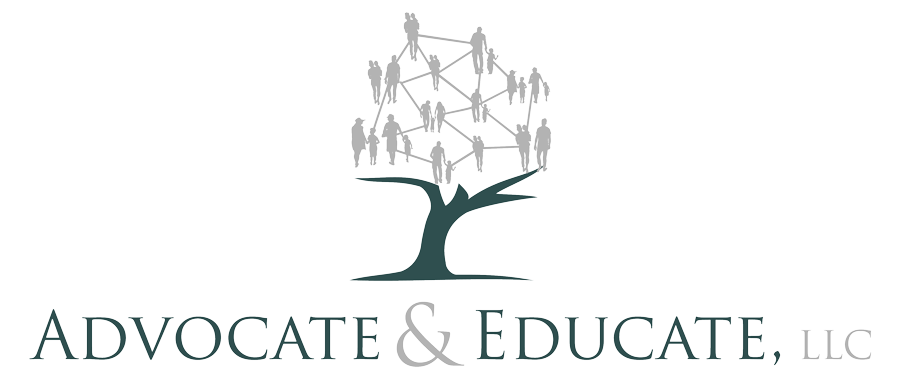Has a school employee ever asked you to sign a, “Parental Consent to Access Public Insurance and to Release Personally Identifiable Information”? It’s almost standard practice in some districts’ special needs education programs. You can take a fresh look at the form here.
The form’s first page is fairly straightforward.In order to access available federal funds (Medicaid) and private insurance reimbursements for in-school therapies and treatments necessary to a child’s educational progress, parental permission is requested. All the parent needs to do is to sign the form, and the benefits theoretically begin to flow.
But let’s take a closer look, beginning at the very bottom of that first page. The question, “Is your child covered by private insurance?” opens into the next page, “Third Party Liability Section”, and we go deeper. That section applies if your child is privately insured by a policy either parent might purchase or earn through employment. Let’s flip over, now. (The page, that is.)
The section begins with “Information Related to Billing Third Party Insurance”. The first paragraph is an exercise in beautifully developed legalese. What does it mean?? Is it only about allowing access to personally identifiable information?
No. It’s about your rights, and probably your child’s future rights, under a private insurance policy. Check your policy. It likely has lifetime limits on certain benefits. As soon as the first dollar is paid out to a medical provider on behalf of your child, the available benefits reduce, dollar by dollar, for the entire life of the child, down to Zero. Parents and school are not “in it together”. Rather, parents get to spend down first, then Medicaid, then the school, if parents agree to this priority sequence.
You may find that therapy and mental health benefits are sadly limited by a private policy’s lifetime caps. Depending on the disability, depending on the policy, depending on what the school’s contracted therapists charge (over which you have no control), the policy limits could exhaust more quickly than you might expect.
So, let’s go back to Page 2, Paragraph 1. Zoom in on the last sentence: “All Medicaid providers, including school districts, should attempt to exhaust third party liability [your insurance policy] prior to making claims to Medicaid.” “Should” is not the same as, “MUST” or “SHALL”.
Which is why you have the choice, in the two check boxes which follow Paragraph 1, to give or withhold permission for the school to bill your private insurance for healthcare services delivered in the school. The school has a duty to provide services calculated to meet the educational needs of the identified special needs child, regardless of whether the school or its contractors bill your child’s expenses to Medicaid or to private payer.
Be careful about giving away your child’s benefits in exchange for nothing more than a moment of confusion.
